Supermassive, Intermediate & Stellar Mass Black Holes, White Dwarfs, Neutron Stars, Pulsars, Tidal Disruption Events
Image Credit: Aaron Geller/CIERA
Supermassive black holes at the centers of galaxies, elusive intermediate mass black holes, and dead stars in the form of black holes, neutron stars, or white dwarfs, are the densest objects in the Universe. They are central players in much of modern astrophysics, but we have only been aware of and studying these objects for less than a century. Our observational record is less than five decades long. As such, there are still many unanswered questions about how these systems form and evolve over cosmic time. CIERA is home to a broad group of researchers in theory, simulation, and observation that study these exotic objects.
Research at CIERA
Few things in the Universe are as dramatic as the death of a star. Transient events like supernovae, gamma ray bursts, and tidal disruptions of stars encountering massive black holes, are all astoundingly bright and carry information about the star that died, how it tore itself apart, and the fragments that remain.
Professor Fong observes short gamma ray bursts to learn about the neutron star and black hole mergers that give rise to these intense explosions.
Professor Miller observes Type Ia supernovae to understand the conditions and environments under which white dwarf stars explode.
Opportunities
Deadline: 11:59pm, January 30, 2026
Our Research Experiences for Undergraduates (REU) program provides students with the opportunity to pursue an astrophysics-based interdisciplinary research project in collaboration with Northwestern University faculty in: Astronomy Applied Math Chemistry Earth and Planetary Science (EPS) Electrical Engineering and Computer Science (CS) and/or Physics. The program includes computer programming and science communication workshops, research talks, educational
Deadline: 11:59pm, March 9, 2026
REACH (Research Experiences in Astronomy at CIERA for High School Students) is a highly interactive, in-person 3-week program (with an optional 3-week extension) that provides high school students experience with astronomy research in an atmosphere of team-style learning, hands-on training, and mentorship from professional scientists. Students enrolled in the program engage in astronomy research projects with
Deadline: 11:59pm, December 31, 2026
Image Credit: Carl Knox / OzGrav / Swinburne University CIERA supports a wide range of interdisciplinary projects focused on research, education, and public outreach in Astrophysics. Our faculty and postdocs work on projects that couple astronomy and astrophysics analysis with many other disciplines: computer science, applied math, planetary sciences, electrical engineering, mechanical engineering, data science,
News

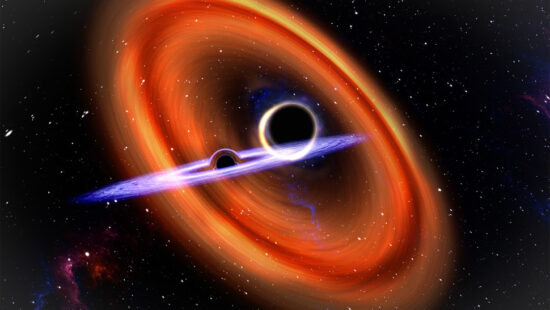
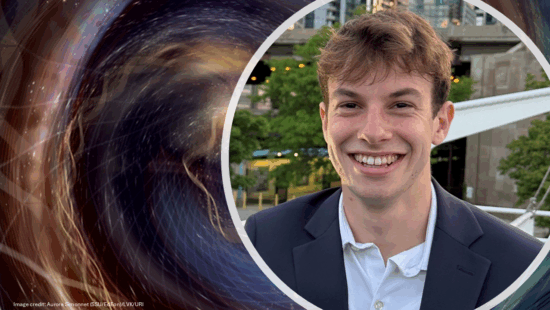
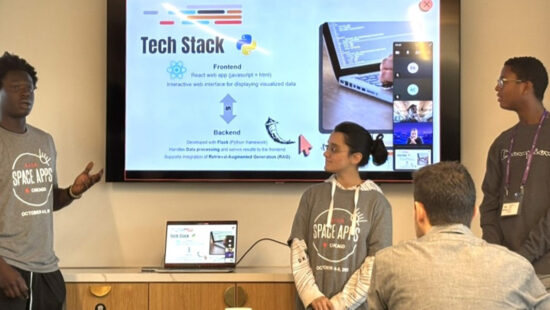
Gallery

Missing wind from Milky Way’s giant black hole finally found
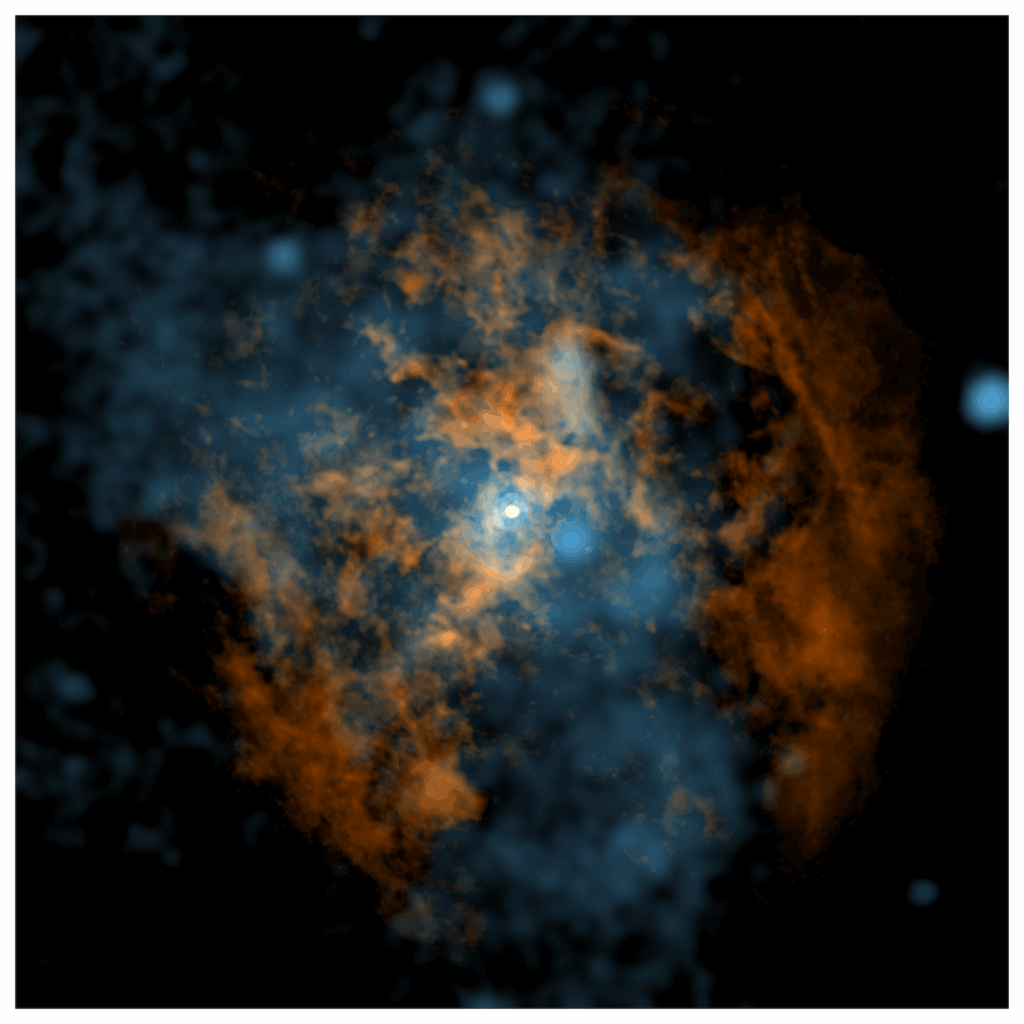
Missing wind from Milky Way’s giant black hole finally found
A cone-shaped cavity defined by an absence of cold gas points to a hot plasma wind blowing out from Sagittarius A*.
Credit: M. D. Gorski/E. Murchikova
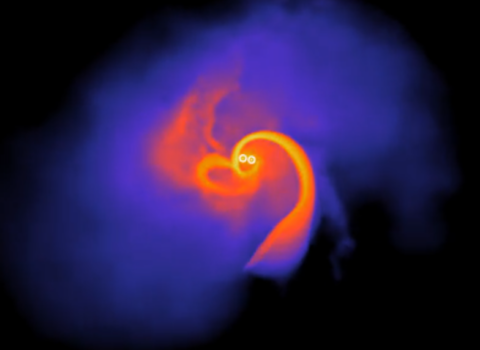
A cosmic love story

A cosmic love story
In a study fit for Valentine’s Day, Northwestern University astrophysicists discovered that binary black holes — when formed in crowded clusters of stars — align their spins before merging together. As the black holes orbit one another, each object has its own spin. Previous research indicated these spins should be chaotic and random. However, in
Fulya Kıroğlu (Northwestern University)
- Science

A cosmic love story
A cosmic love story
In a study fit for Valentine’s Day, Northwestern University astrophysicists discovered that binary black holes — when formed in crowded clusters of stars — align their spins before merging together. As the black holes orbit one another, each object has its own spin. Previous research indicated these spins should be chaotic and random. However, in
Jamie Lombardi / Allegheny College
- Science
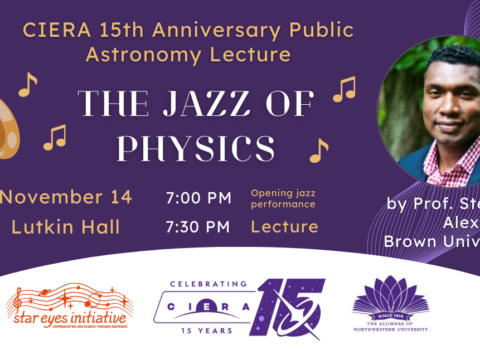
2024 CIERA public lecture – “The Jazz of Physics” with Stephon Alexander
2024 CIERA public lecture – “The Jazz of Physics” with Stephon Alexander
On November 14, over 300 people packed Northwestern University’s Lutkin Hall to join Professor Stephon Alexander in a celebration of The Jazz of Physics for CIERA’s 15th anniversary public lecture. Over 100 others joined the livestream for an evening that began with a live jazz performance from the Star Eyes Initiative, followed by Prof. Alexander’s public lecture, and concluded with a
- Interdisciplinary,
- Outreach,
- Event
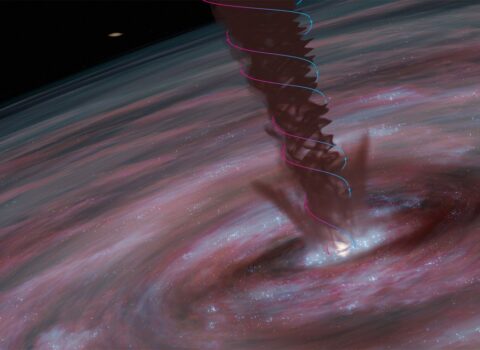
Dense, swirling winds help supermassive black holes grow
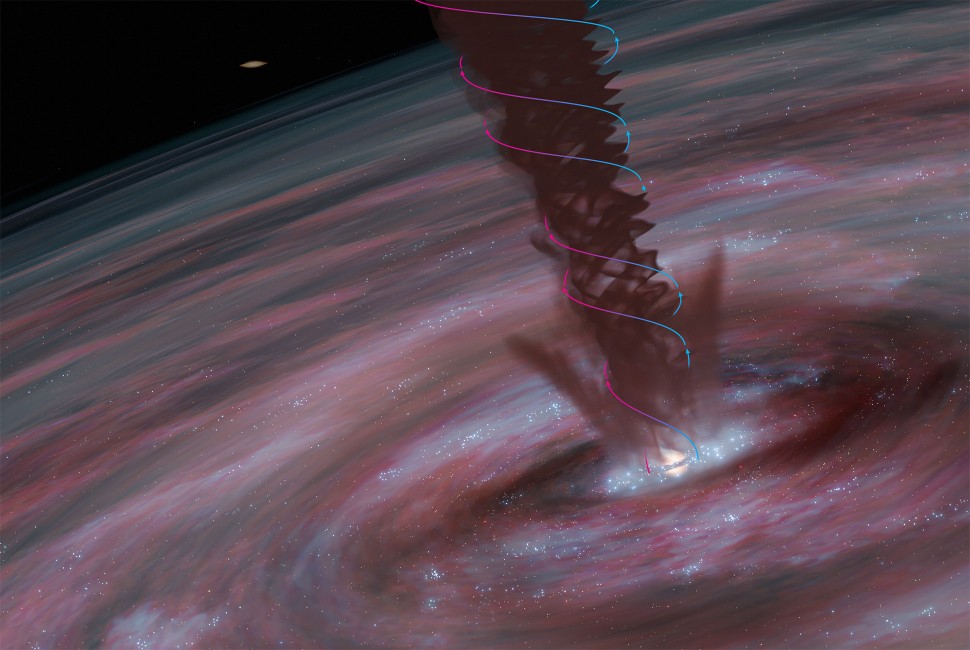
Dense, swirling winds help supermassive black holes grow
By studying nearby galaxy ESO320-G030, a team of international astronomers led by CIERA Postdoctoral Fellow Mark Gorski has discovered extremely dense and powerful rotating, magnetic winds help the galaxy’s central supermassive black hole grow. This image, created by CIERA Professor Aaron Geller, depicts this phenomenon. The process is strikingly similar to the birth of new
M. D. Gorski/Aaron M. Geller
- Science
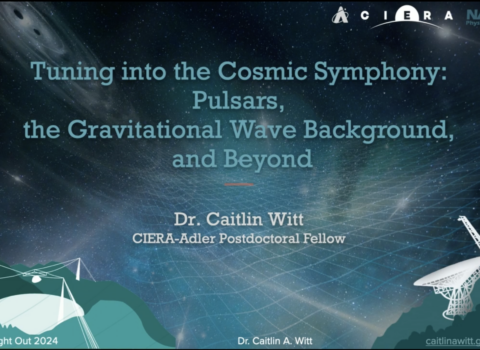
3rd annual Astronomy Night Out – “Tuning into the Cosmic Symphony: Pulsar Timing, the Gravitational Wave Background, and Beyond”
3rd annual Astronomy Night Out – “Tuning into the Cosmic Symphony: Pulsar Timing, the Gravitational Wave Background, and Beyond”
On Friday, May 17, 2024, CIERA welcomed 170 in-person and 25 remote participants to its 3rd annual Astronomy Night Out, an evening dedicated to sharing astronomy with the community through a variety of formats. The keynote public lecture was presented by CIERA-Adler Postdoctoral Fellow Caitlin Witt and entitled, “Tuning into the Cosmic Symphony: Pulsar Timing, the Gravitational Wave
- Outreach,
- Event,
- Education
People
Core Faculty

Tarraneh Eftekhari
Assistant Director of CIERA, Research Assistant Professor



Vicky Kalogera
Daniel I. Linzer Distinguished University Professor, Director of CIERA, Director of the SkAI Institute



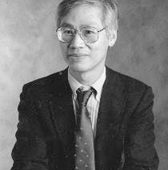
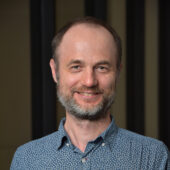


Associate Faculty

Visiting Scholars
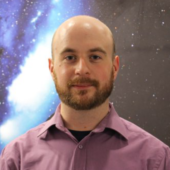
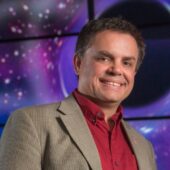
Shane L. Larson
Adjunct Professor; Professor and Director of Integrated Engineering and Applied Science Projects at Clarkson University

Diego Muñoz
Assistant Professor, Northern Arizona University
Postdocs
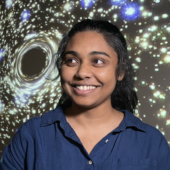


Yongseok Jo
SkAI Postdoctoral Fellow




Research Staff

Graduate Students



















NU SkAI Personnel


Yongseok Jo
SkAI Postdoctoral Fellow

Vicky Kalogera
Daniel I. Linzer Distinguished University Professor, Director of CIERA, Director of the SkAI Institute


